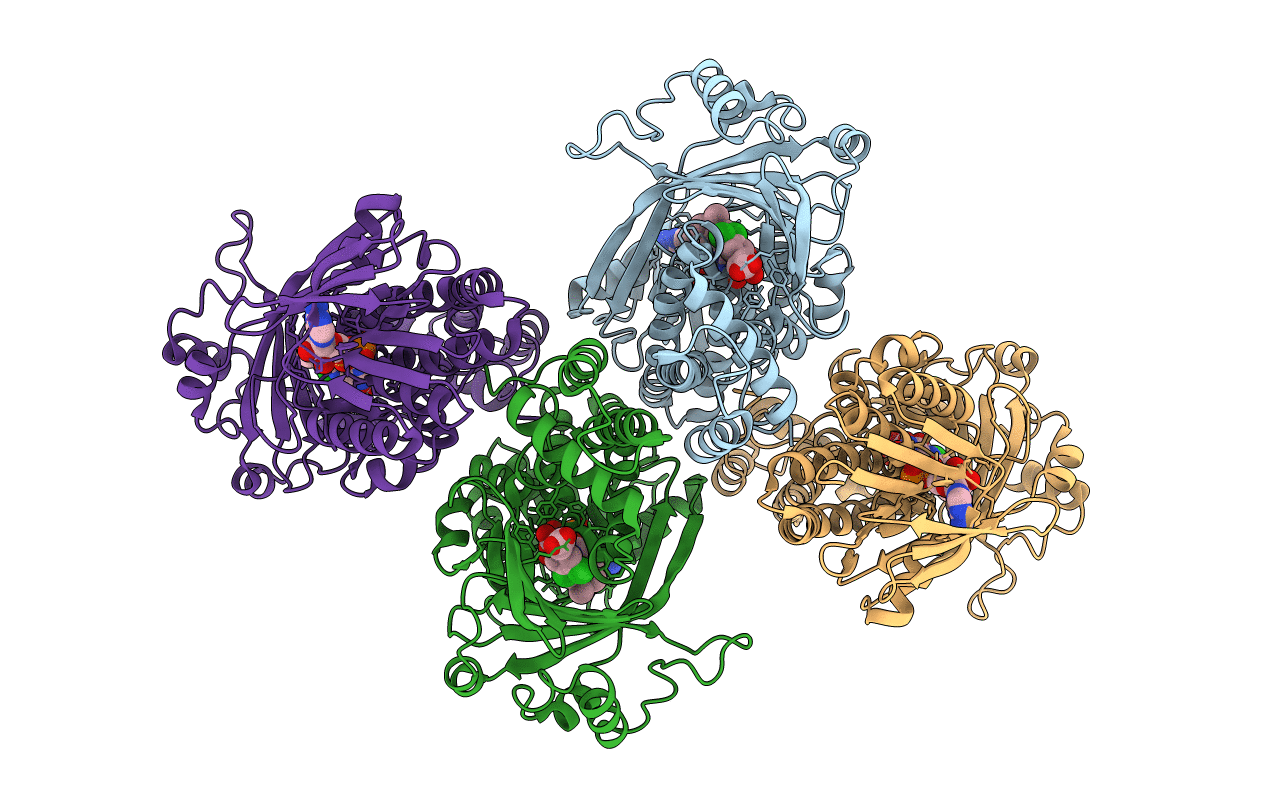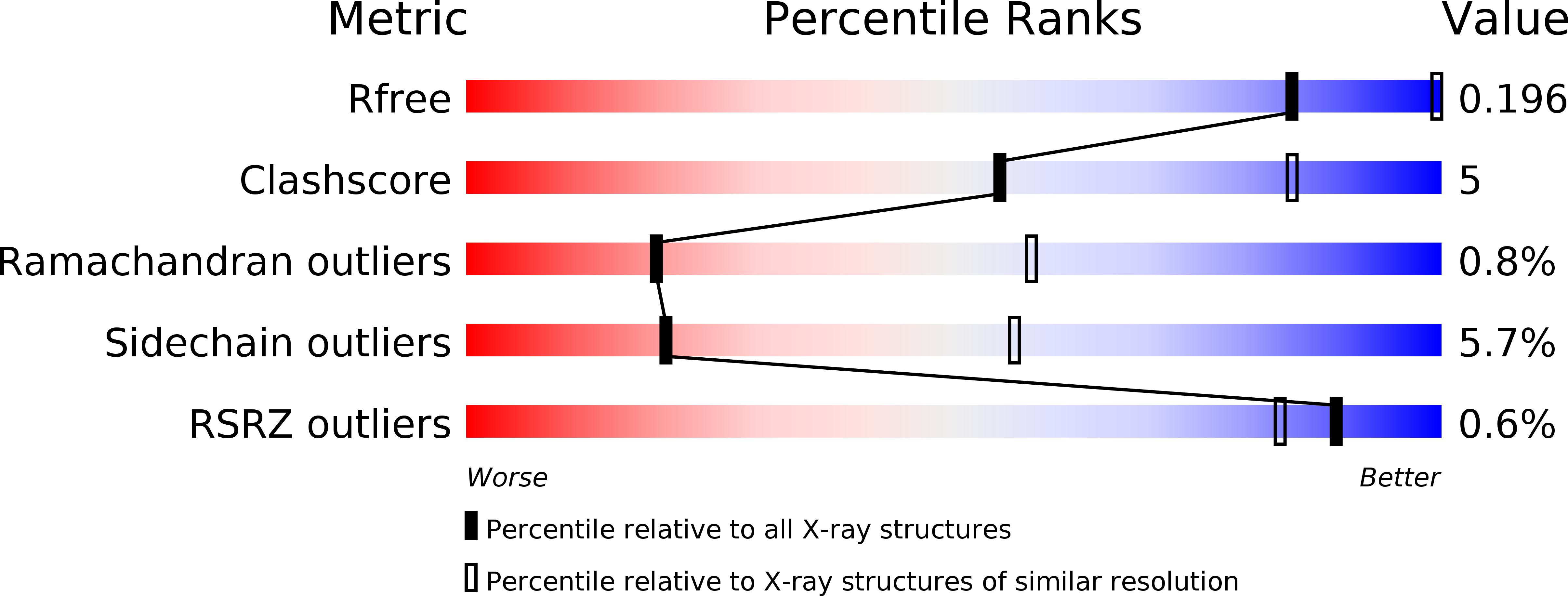
Deposition Date
2015-11-10
Release Date
2016-01-13
Last Version Date
2024-05-08
Entry Detail
PDB ID:
5FN0
Keywords:
Title:
Crystal structure of Pseudomonas fluorescens kynurenine-3- monooxygenase (KMO) in complex with GSK180
Biological Source:
Source Organism:
PSEUDOMONAS FLUORESCENS (Taxon ID: 294)
Host Organism:
Method Details:
Experimental Method:
Resolution:
3.19 Å
R-Value Free:
0.19
R-Value Work:
0.15
R-Value Observed:
0.15
Space Group:
P 21 21 2


